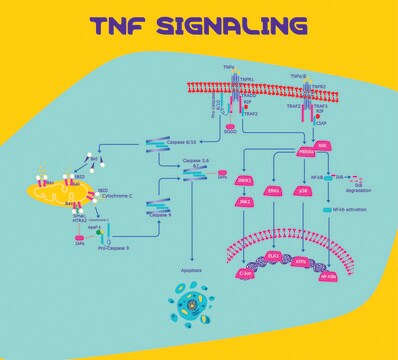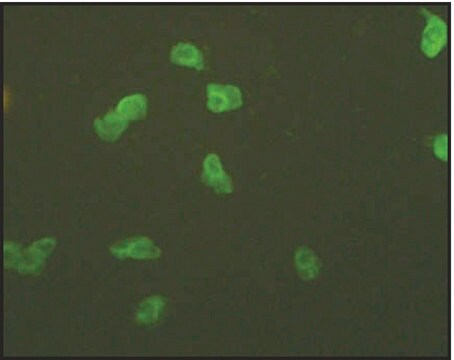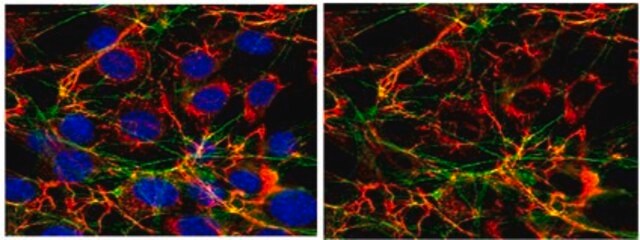C2363
Monoclonal Anti-phospho-β-Catenin (pSer33) antibody produced in mouse
clone BC-76, purified immunoglobulin, buffered aqueous solution
About This Item
WB
western blot: 5 μg/mL using total cell extracts of cultured HEK-293T cells treated with MG132
Recommended Products
biological source
mouse
Quality Level
conjugate
unconjugated
antibody form
purified immunoglobulin
antibody product type
primary antibodies
clone
BC-76, monoclonal
form
buffered aqueous solution
species reactivity
human
technique(s)
microarray: suitable
western blot: 5 μg/mL using total cell extracts of cultured HEK-293T cells treated with MG132
isotype
IgM
UniProt accession no.
shipped in
dry ice
storage temp.
−20°C
target post-translational modification
phosphorylation (pSer33)
Gene Information
human ... CTNNB1(1499)
Related Categories
General description
Immunogen
Application
Biochem/physiol Actions
Physical form
Disclaimer
Not finding the right product?
Try our Product Selector Tool.
Choose from one of the most recent versions:
Certificates of Analysis (COA)
Sorry, we don't have COAs for this product available online at this time.
If you need assistance, please contact Customer Support.
Already Own This Product?
Find documentation for the products that you have recently purchased in the Document Library.
Our team of scientists has experience in all areas of research including Life Science, Material Science, Chemical Synthesis, Chromatography, Analytical and many others.
Contact Technical Service







